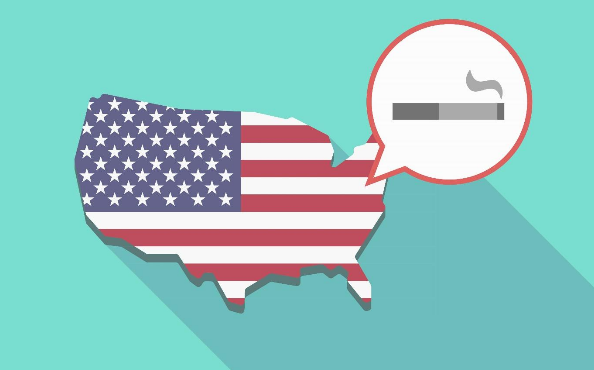The UK has had e-cigarettes in various guises since 2006 but they have recently become much more popular. Like other NRT’s (Nicotine Replacement Therapy), they serve as a nicotine delivery system. The difference between e-cigarettes and, say, patches and gum is that they better simulate the experience of smoking. The design of e-cigarettes is simple: a canister contains a mixture of nicotine, flavourings and other additives. This canister is accompanied by a heating device. The act of inhalation causes the heating device to vaporize the mixture, emitting a smoke-like substance while still giving the user a sufficient dose of nicotine. Trying small premium vaporizers isn’t as nasty as smoking.
 E-cigarettes vs. smoking
E-cigarettes vs. smoking
In both America and the UK, e-cigarettes are generally considered a much healthier alternative to smoking for the simple fact that they do not burn tobacco. The smoke which the user inhales is a cocktail of harmful chemicals. By one count, around 4,000 chemicals are consumed when smoking a traditional cigarette, and 400 of these are regarded as toxic. The chemicals in one pack of cigarettes smoked every day for a year trigger around 333 DNA mutations thus increasing exponentially the risk of cancer. The e-cigarette involves a far simpler chemical formula because it does not involve combustion, thereby removing the smoke risk. Nicotine itself is relatively harmless and is comparable to caffeine in its potential threat to health. For this reason, the Royal College of Physicians regards e-cigarettes as 95% safer than their tobacco counterparts.
But while both sides of the Atlantic accept in general terms that e-cigarettes are somewhat healthier than normal cigarettes, the discussion is framed much differently. In the UK, the benefits of e-cigarettes are the chief focus. For the majority, they are seen as an effective alternative to smoking and as contributing towards an overall decline in the number of smokers. In 2016, the number of smokers in the UK dropped to its all-time lowest level of 7.2 million. While in Britain the potential threat of e-cigarettes is acknowledged and regarded as requiring further research, the benefits are generally believed to outweigh the negatives, and the NHS encourages their use as an aid to lower cigarette consumption.
The not so special relationship: America and e-cigarettes
In the US, however, reception of e-cigarettes has been mostly negative. They are believed to be not so much an aid to quit smoking as they are a gateway to taking it up. Figures carried by the American Lung Association show that e-cigarette use by high school students increased by 900% from 2011-15 and were a first step to experimenting with real cigarettes. The American Lung Association takes a hard-line approach to both e- and traditional cigarettes, seeing both as affecting lung health. The negative effects on health of e-cigarettes are not yet fully known, but media reports in the US have focused on them nevertheless. The sharp contrast in strictly medical assessments of e-cigarettes in the UK and the US is nothing new. In treating addictive conditions, the UK traditionally favours promoting psychological help in conjunction with advocating safer drug practice; the US, however, prefers simply withdrawing access to addictive substances. Both countries have a radically different approach to medical matters, and this is manifested in their differing assessments of e-cigarettes.
 E-cigarettes are regarded very differently in the US and UK. In the UK, they are promoted by the media and the NHS as a viable alternative to tobacco. In America, their potentially negative effects are emphasised such that they have now been classed as a tobacco product by the authorities. It remains to be seen what effect these contrasting policies will have on the health of their respective populations.
E-cigarettes are regarded very differently in the US and UK. In the UK, they are promoted by the media and the NHS as a viable alternative to tobacco. In America, their potentially negative effects are emphasised such that they have now been classed as a tobacco product by the authorities. It remains to be seen what effect these contrasting policies will have on the health of their respective populations.
